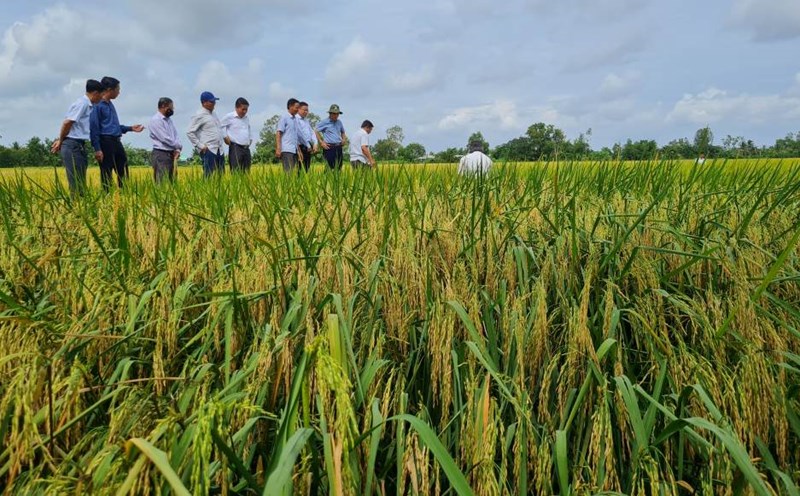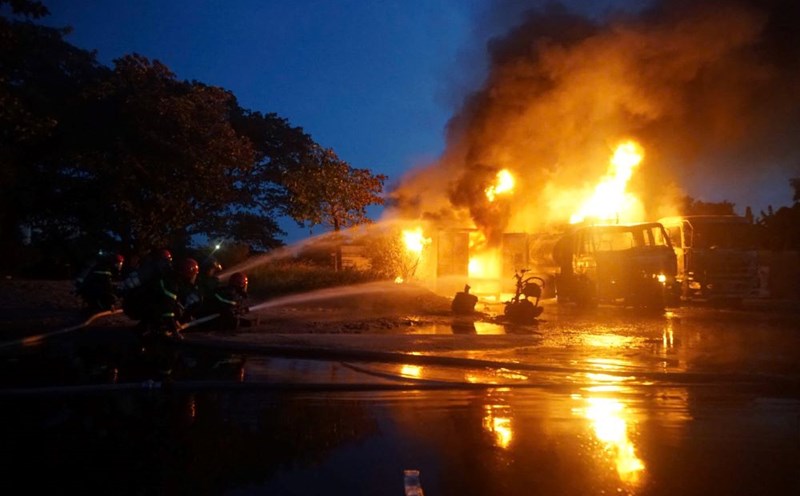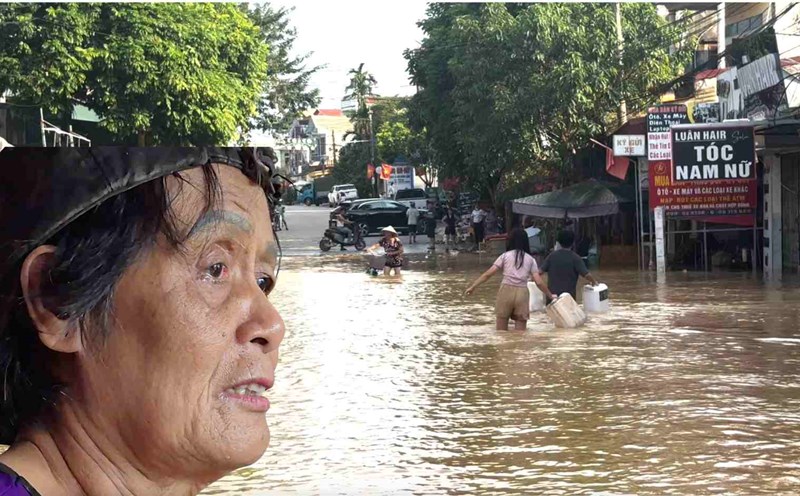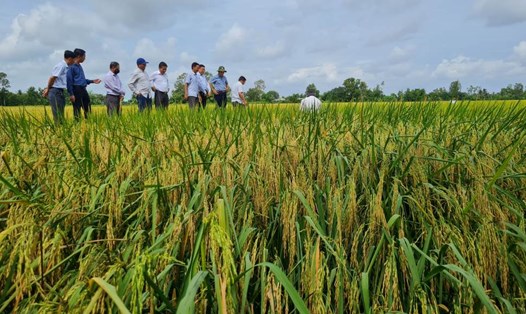Ca Mau shrimp tops the country
After the merger, Ca Mau province has the largest shrimp farming area in Vietnam of over 427,000 hectares; total annual shrimp output reaches over 900,000 tons; average export turnover reaches over 2.5 billion USD/year. The province has seafood processing enterprises, seafood industrial parks, fishing ports, logistics serving the shrimp industry of the top type in the country.
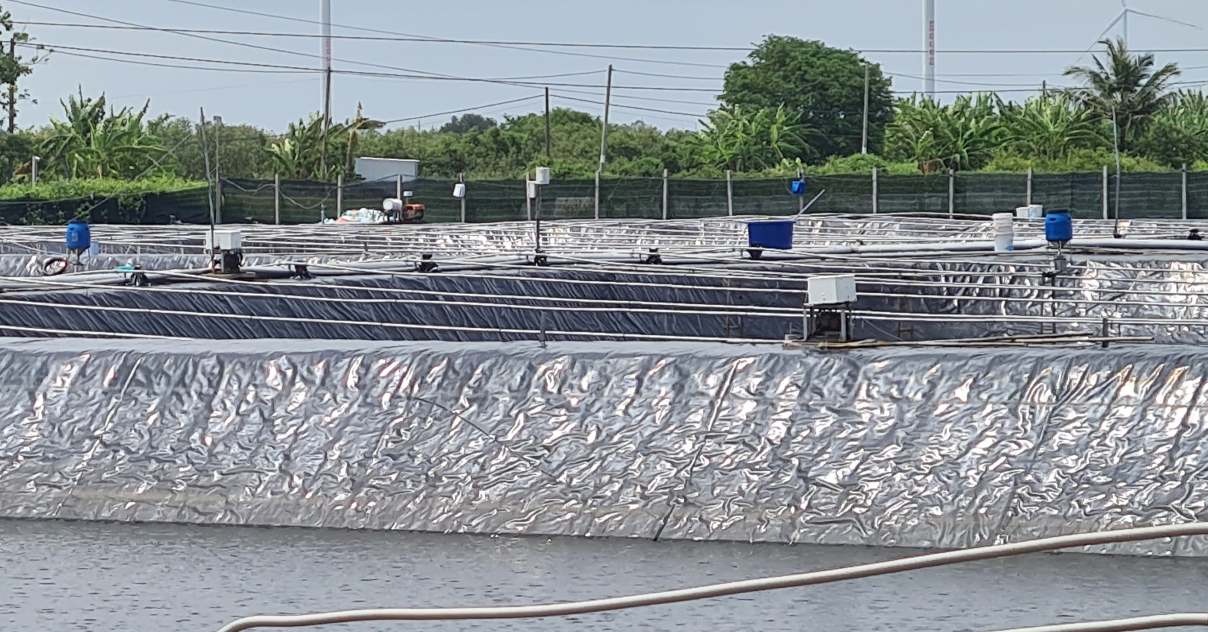
The world's leading shrimp producer is Ecuador with an area of 215,611 hectares of shrimp farming, the second largest country is India with 191,882 hectares, while Ca Mau province currently has over 427,000 hectares. Southwest shrimp farming is still a high-end product in the world's food chain and the demand by 2032 will double the current output, so there is a lot of room for Ca Mau to develop the shrimp industry.
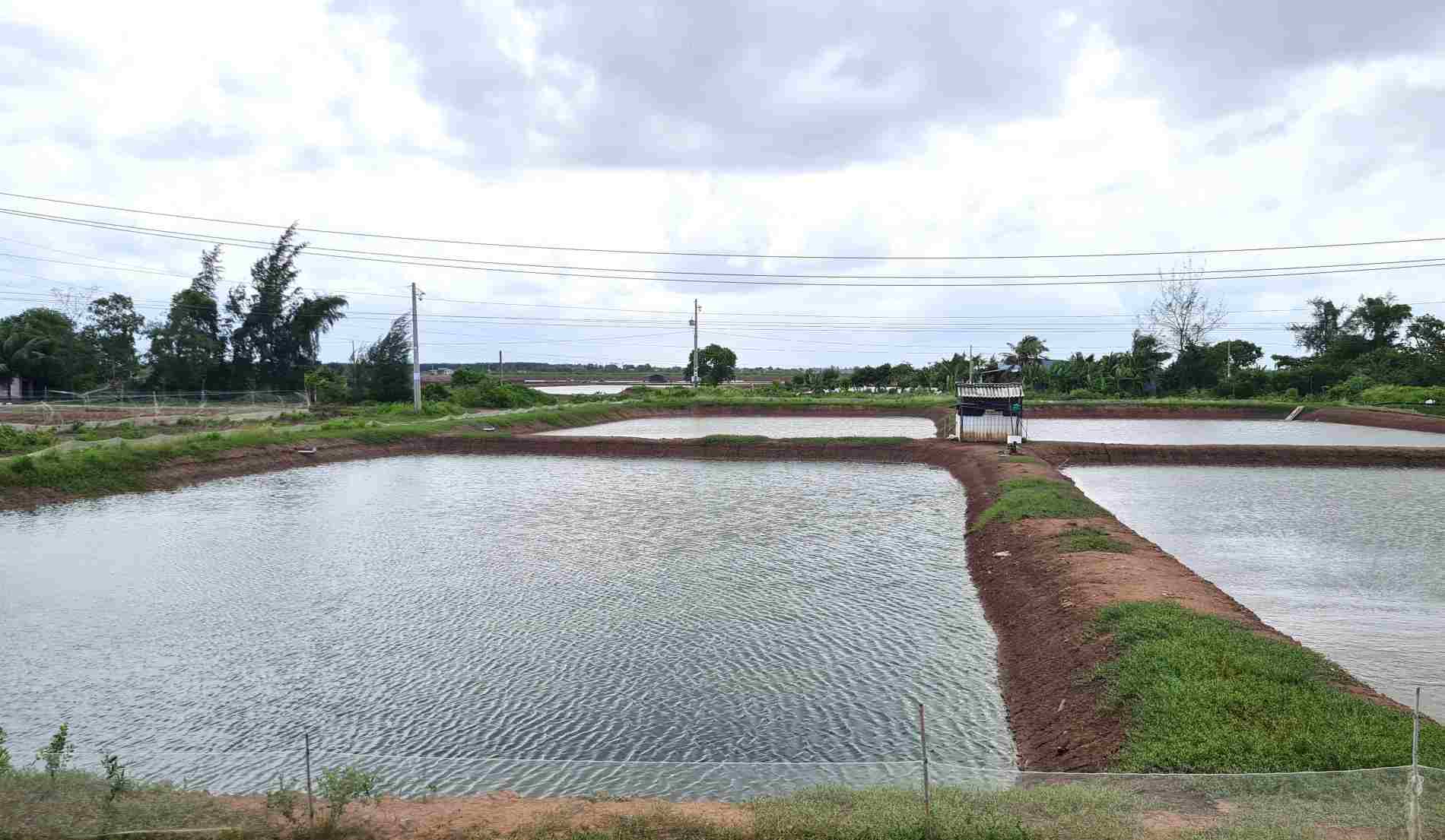
Currently, Ca Mau has a total area of super intensive, intensive, and semi-intensive shrimp farming of 40,000 hectares, and the province strives to reach 45,300 hectares by 2030. Ca Mau province has formed a high-tech agricultural zone to develop shrimp, this is an important preparation step to create a foundation, making Ca Mau the center of the shrimp industry of the country.
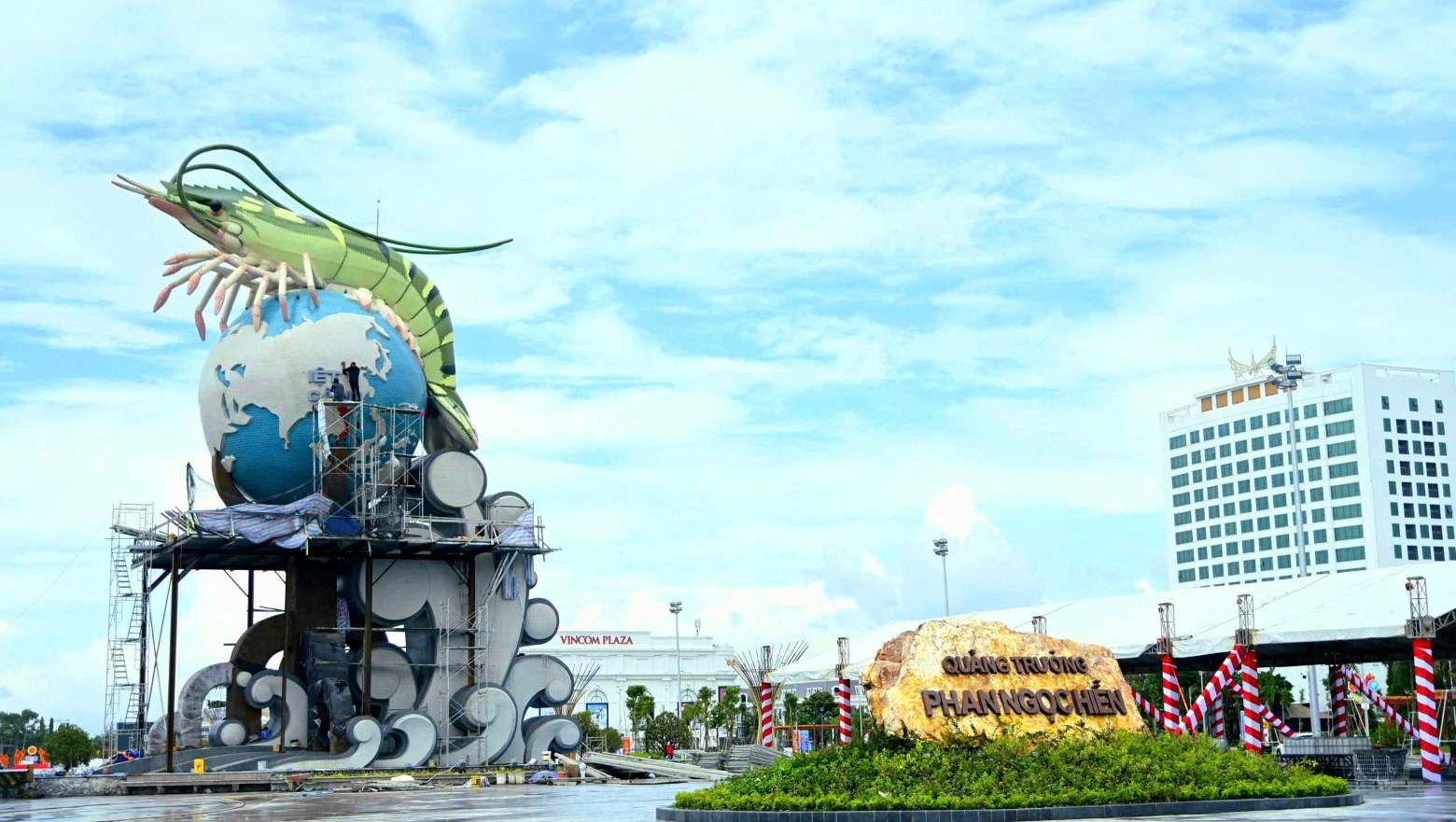
Mr. Pham Hoang Minh, Director of the Management Board of Bac Lieu High-Tech Agricultural Zone for shrimp development, said: Bac Lieu High-Tech Agricultural Zone for shrimp development will act as a driving force, leading and replicating high-tech shrimp farming models of the province, Ca Mau Peninsula, Mekong Delta and the whole country.
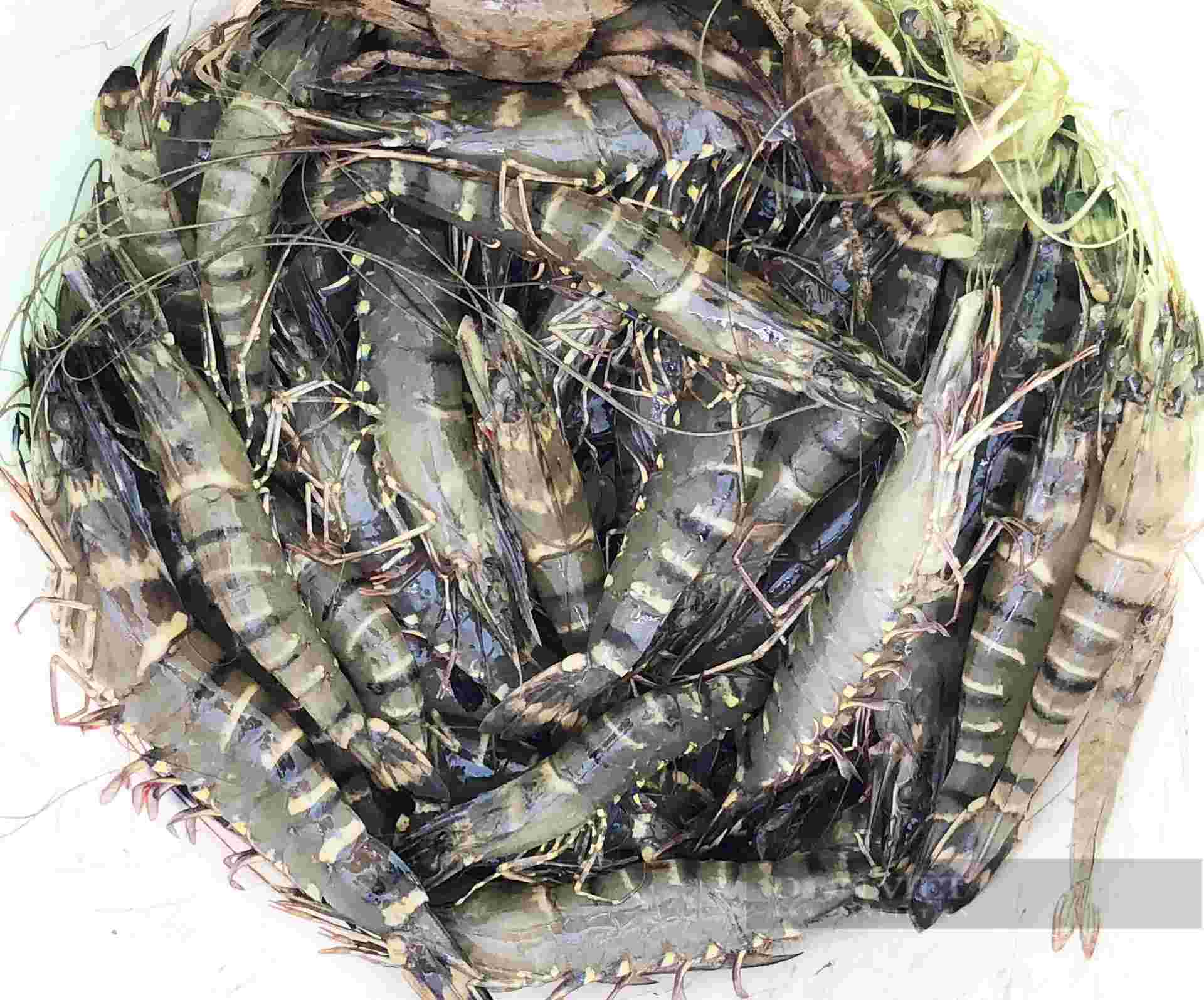
Mr. Trinh Trung Phi, Deputy General Director of Technical, and Deputy General Director of Commercial Shrimp, Viet Uc Bac Lieu Joint Stock Company shared: With a coastline of 310 km and a sea area of 120,000 km2, Ca Mau can form 10 to 20 high-tech shrimp farming industrial parks, each area of 500 to 1,000 hectares, producing an output of 150,000 to 300,000 tons/year. These areas will operate according to the circular economy model, minimizing epidemics and pollution and providing clean shrimp for export.
In the development strategy for the period 2025-2030, the province sets a target of having more than 17,000 hectares of super-intensive shrimp using high technology; over 300,000 hectares of improved shrimp using new techniques, with at least 30,000 hectares meeting international certifications such as: ASC, BAP, Organic... To achieve that goal, the provincial agricultural sector proposed to form a National Center for shrimp breeds, feed and technology in Ca Mau, while investing heavily in irrigation infrastructure, electricity, logistics, processing and seaports to complete the closed chain from production to export.
Promoting the development of high-quality shrimp
Ca Mau is encouraging the development of models of shrimp - rice, shrimp - forest and super intensive high-tech circular crops. The goal is to improve the quality of shrimp. Promoting the link between production and consumption.
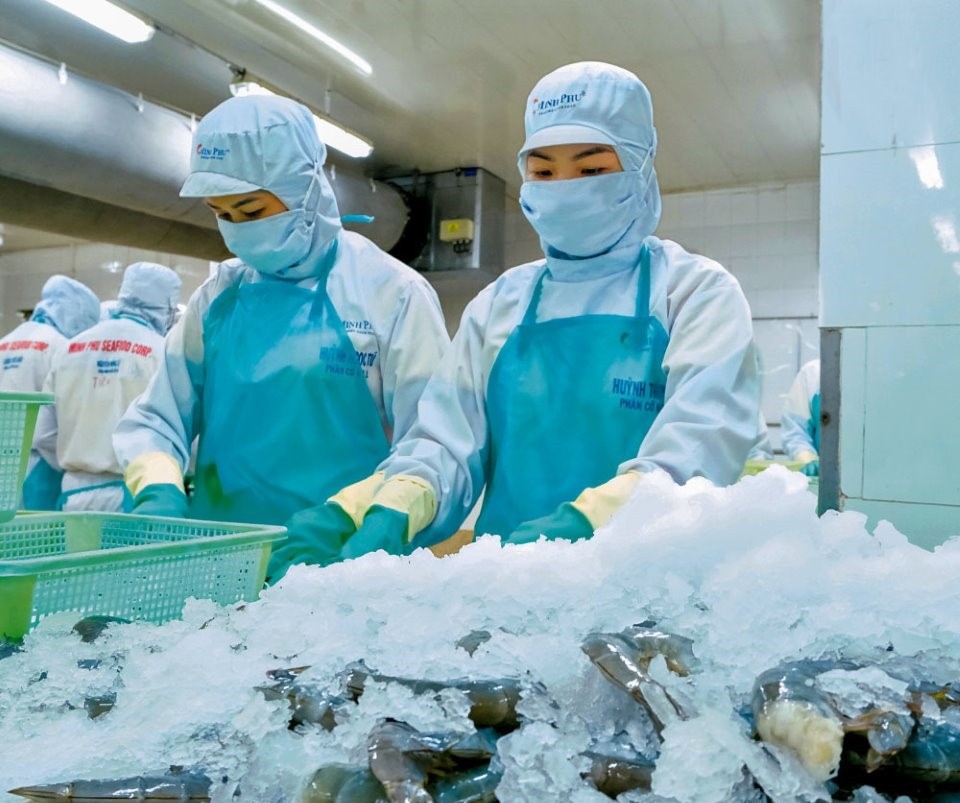
A typical model is Cai Bat Cooperative (Hung My Commune, Ca Mau) has cooperated with enterprises to directly supply breeds, agricultural supplies, seafood for production, as well as linking outputs, helping cooperative members increase profits and reduce costs through intermediaries.
Mr. Nguyen Hoang An, Chairman of the Board of Directors of the Cooperative, said: The aquaculture area of the Cooperative of 311 hectares has been certified as a food hygiene and safety area; annually supplying the market with over 150 tons of shrimp and crab. Currently, the cooperative has frozen hemp shrimp products, infused cakes certified with 4-star OCOP, and sea crab and dried shrimp products with 3-star OCOP. In recent times, the cooperative has made efforts to find many solutions to help people reduce costs, increase productivity and production efficiency.
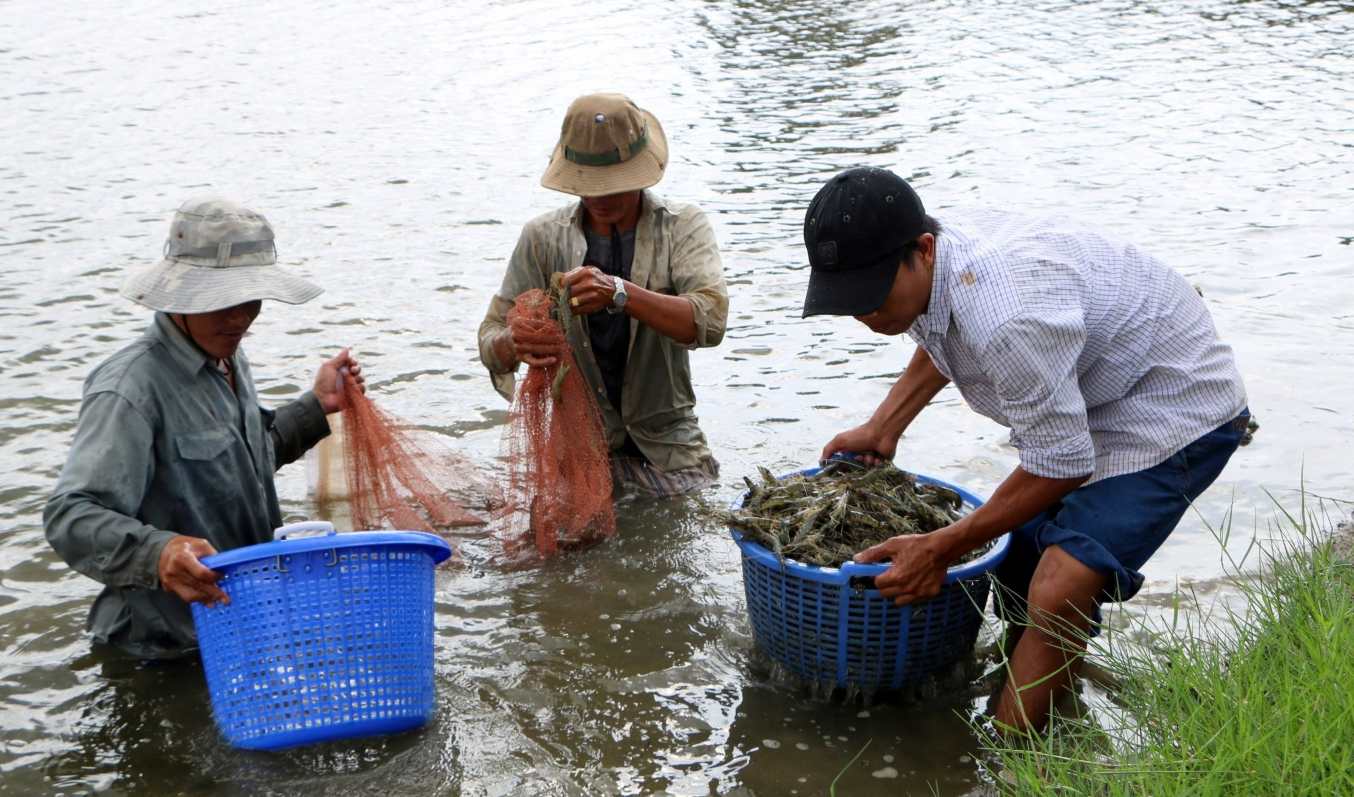
Ca Mau is determined to develop the shrimp industry not only to increase output but also to improve quality, towards a high-tech, clean, environmentally friendly industry and digital transformation of the whole industry.
With the strong determination of the entire political system and the support of businesses, farmers and scientists, Ca Mau is gradually affirming its position as a key shrimp growing area of the country; in which, the "green - clean - sustainable" shrimp development strategy not only opens a new direction for the local economy, but also contributes to positioning the Ca Mau shrimp brand on the world seafood map.

